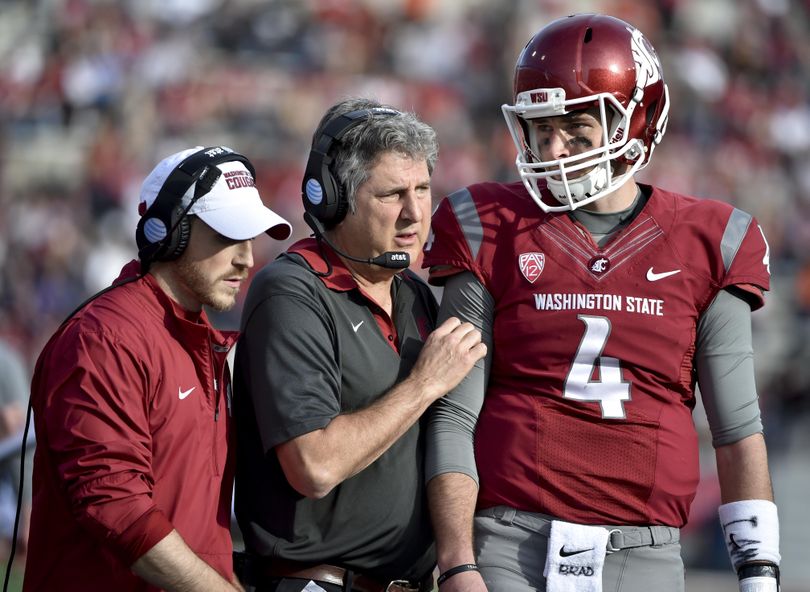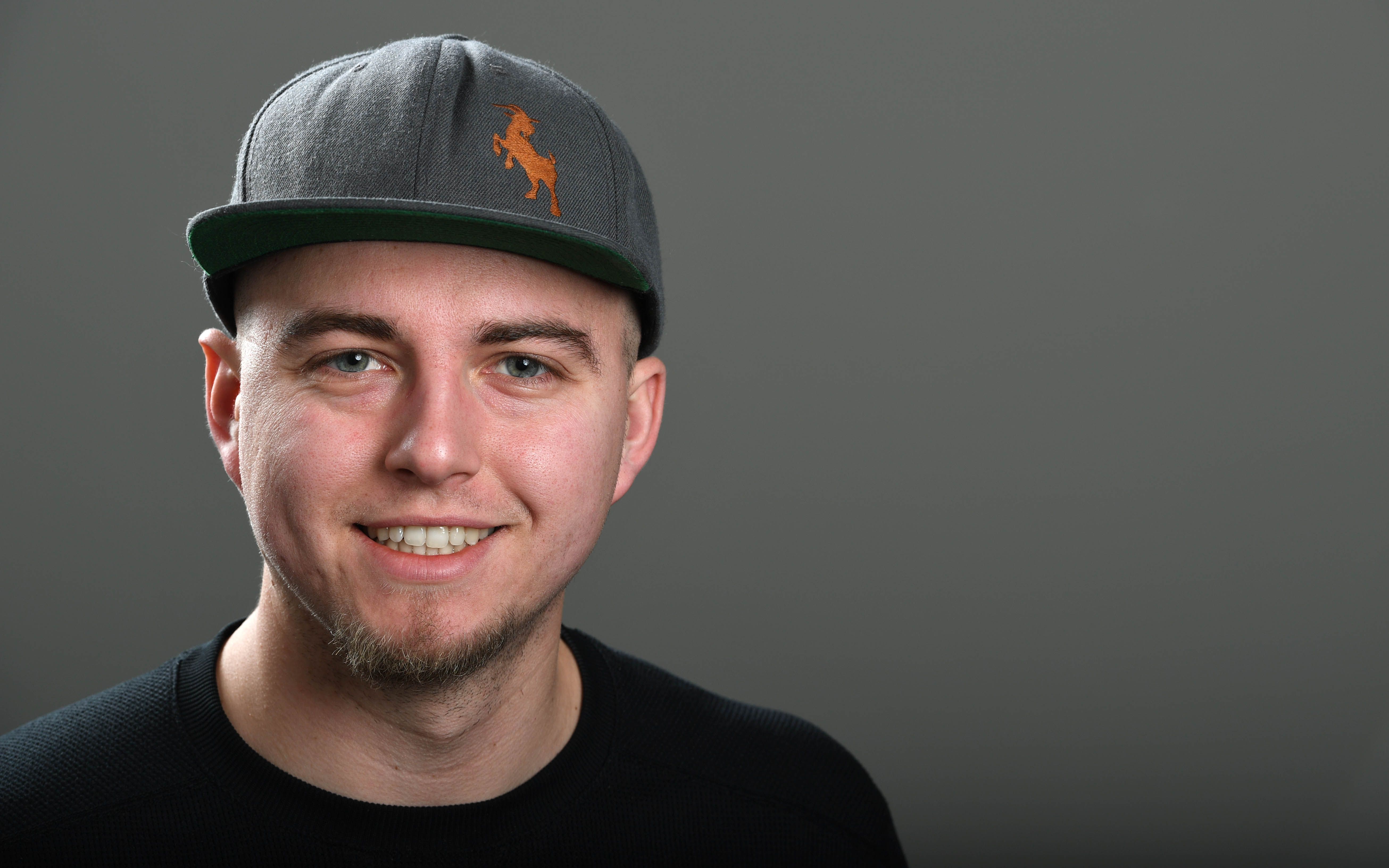Getting the Air Raid off the ground, part two

This week we're taking a closer look at how the Washington State players learn the Air Raid offense. Yesterday we wrote about the wide receivers and today we feature the quarterbacks.
At some point during Mike Leach's first practice at Washington State, he dragged a large trash can to the corner of an end zone and made the quarterbacks practice throwing footballs into it.
"Higher!" he yelled, imploring the passers to get more and more loft on their throws so that no imaginary defender could prevent the footballs from reaching their destinations.
The WSU quarterbacks still do the drill every practice. But Leach doesn't have to take such a hands-on approach all the time. That's because the upperclassmen now know which drills to do, how to do them and why they're helpful, and those guys can teach the freshmen.
"You had to hammer away on the upper classmen because they didn’t' know what they were doing," Leach said. "As you get older guys who know what they're doing it will duplicate your efforts as they teach the other guys."
When a quarterback arrives in Pullman the summer before his freshman year, he begins throwing routes and learning long before the coaches get a chance to work with him. The very first things he lessons he lessons as a college quarterback come from his peers.
"You want them out there throwing," Leach said. "They'll be able to see it on the move as the older guys are doing it, because they watch the older guys do it and they'll pick it up. And then it will happen even quicker in the meetings."
Once the coaches do get ahold of the quarterbacks, they can start cleaning up their mechanics. Some guys come to college with a hitch in their throw (Tyler Hilinski has cleaned his up pretty well) and others have sloppy footwork. Most players don't really know how to analyze film when they get to college and others just need more reps to develop their accuracy.
Quarterback meetings consist of Leach, the quarterbacks, and occasionally Graham Harrell sitting around a large table in the meeting room inside Leach's cavernous office. There is a large screen at one end of the room and Leach controls the projector with a remote control so he can rewind, fast forward or pause to tell a story. There's quite a bit of the latter.
During your average in-season meeting the majority of the time is spent going through the film of the starting quarterback's previous day of practice. Leach and the starter dialogue throughout the meeting while the backups watch, learn and take mental reps.
Leach will also go through the backup's film and maybe the third-stringer.
Within the first couple months the quarterbacks are expected to know the playbooks because the Air Raid is, at heart, a fairly simple offense. But it takes a career to master, and current starter Luke Falk's continual study of the offense is a primary reason he's the guy behind the center on Saturdays.
The Cougars run routes throughout practice, lots of them. They'll begin by throwing routes against air, often with two or four quarterbacks throwing to receivers who cycle through while the quarterbacks each shuffle along the line they're standing in. For example, a quarterback will throw to the X receiver, then slide one spot to his right and throw to the Y receiver, while the quarterback who threw to the Z receiver will come around to his left and throw to the X, and so on.
They also run daily skeleton drills, team periods and throw to the receivers during a one-on-one drill with the defensive backs, which is why it's not particularly difficult for Falk to throw 60, 70 or more passes in a game.
A freshman, meanwhile, cuts his teeth against he best on the team, running the scout offense against the starting defense every day. While the scout team does not run the Air Raid offense, the quarterback develops his accuracy and timing while playing against a defense that he has no advantage over. One had better make a pretty good throw if he wants to complete a pass to a walk-on receiver against a starting cornerback.
